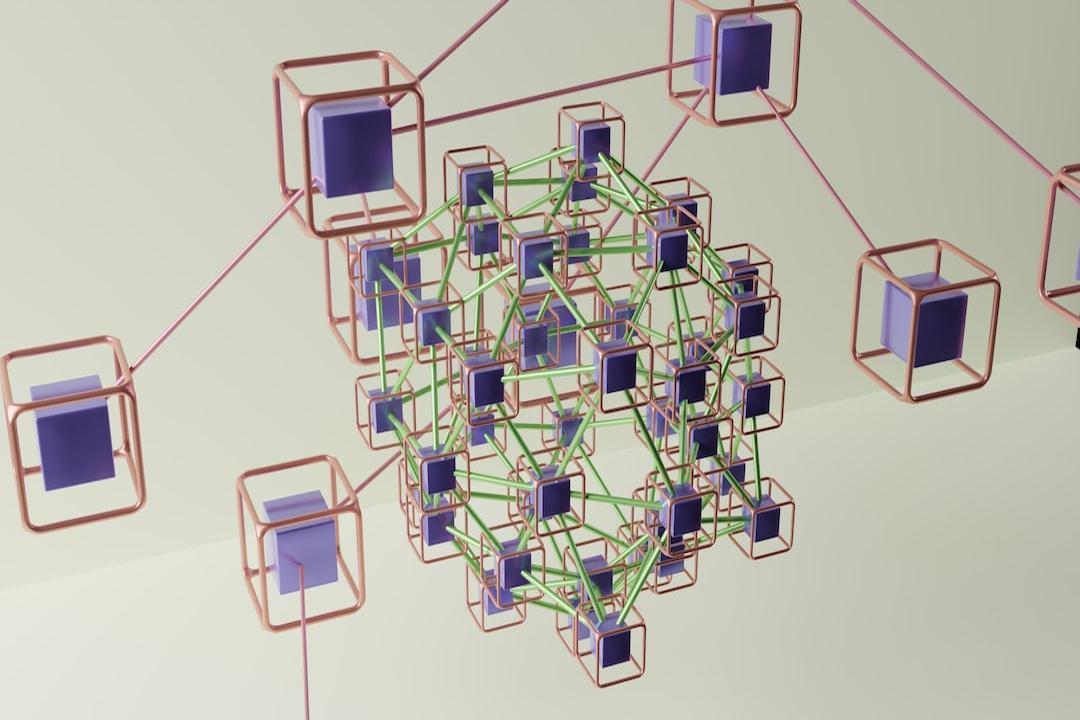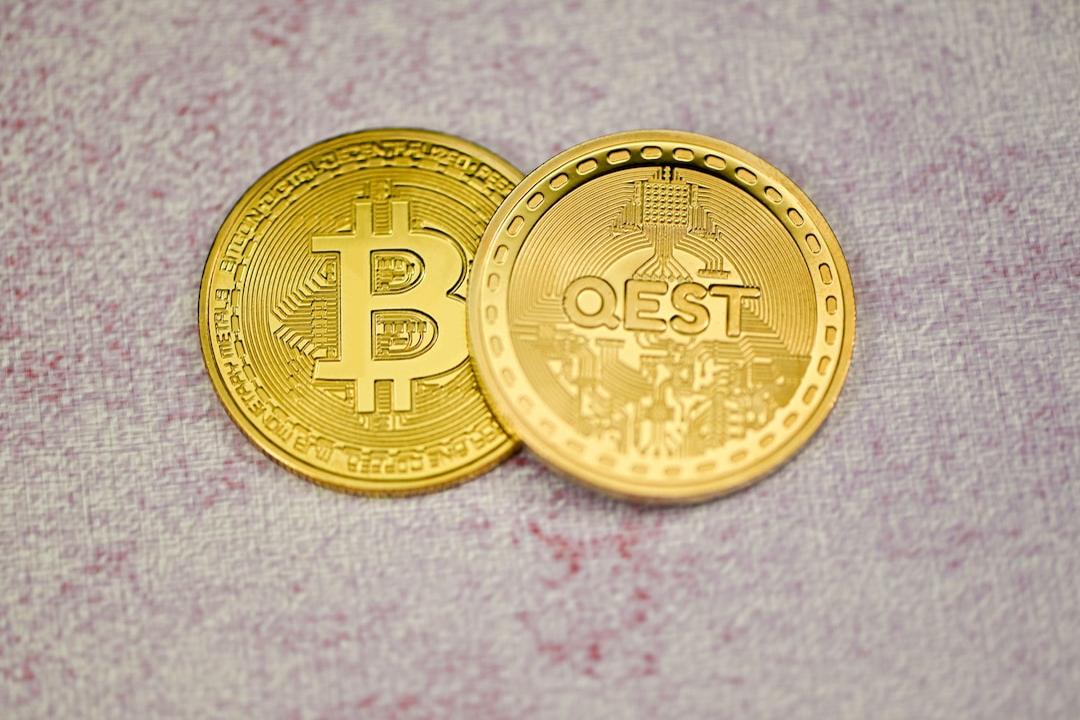Nvidia CEO Jensen Huang delivered several key technological announcements at the CES conference held in Las Vegas, USA, on Monday, including a new AI model, the RTX Blackwell graphics card, and cutting-edge solutions for the autonomous driving and robotics industries. Huang was also invited to discuss technological innovation, AI applications, and future developments, providing an in-depth analysis. From the future landscape of the self-driving car market to breakthroughs in the robotics industry, he shared how Nvidia is supporting the demands of the new era through innovative technology.
### Anticipating a Meeting with Trump, Looking to Support the New Administration
In an interview, Huang discussed the possibility of meeting with U.S. President-elect Donald Trump. He mentioned that he has not yet received an invitation but expressed his willingness to meet with Trump to discuss technology-related policies if the opportunity arises. Huang stated, “I would be happy to meet with him to congratulate him and to do whatever we can to help this administration succeed.” Additionally, Huang shared his views on the potential impact of Trump’s new administration on technology export and tariff policies. He noted that Nvidia would provide its perspective for the government’s consideration while respecting the final decisions made by the administration. “We believe the government will make the right choices for the best interests of the country,” Huang remarked.
### Nvidia Returns to Its Core, RTX Blackwell Boosts AI and Gaming
At the CES conference, Huang unveiled the next-generation RTX Blackwell graphics card, the GeForce RTX 50 series, which features the Blackwell architecture and integrates AI with computer graphics technology. “The stunning visuals in today’s games are due to our use of AI to complement the shortcomings of computer graphics technology. For example, in a 4K image with 33 million pixels, only 2 million pixels are directly computed, while the rest are generated by AI,” Huang explained. He stated that this generative AI allows for more interactive game content and paves the way for future virtual worlds.


Jensen Huang showcases the latest GeForce RTX 50 graphics card.
### Cosmos Model: The Cornerstone for AI in Autonomous Driving and Robotics
At CES, Nvidia introduced a world-class AI model called “Cosmos,” designed specifically for autonomous vehicles and robotics, accelerating the development of physical AI. Huang emphasized, “If ChatGPT is a text-generating AI created for language, then Cosmos is designed for the real world, capable of simulating driving conditions, understanding the continuity of objects and spatial geometry, and creating realistic simulated environments.” He added, “Companies can use our Omniverse platform in conjunction with Cosmos to provide virtual testing environments for robots and autonomous vehicles, reducing development costs and shortening time to market.”


Nvidia demonstrates the integration of Omniverse and Cosmos with illustrative use case scenarios at CES.
### Industry Demand Drives the Arrival of the Robotic Era in 2025
Huang predicted that global population aging and labor shortages will drive a surge in demand for robots. “The robotics market is a highly promising industry worth up to $50 trillion, and manufacturing will be the first sector to adopt robots. Robots can not only fill labor gaps but also enhance production efficiency and alleviate inflationary pressures.” Huang disclosed that Nvidia has developed a complete suite of three major computing systems that cover every stage from robot design and training to deployment. He pointed out, “In the next 10 to 20 years, there could be billions of robots on Earth across various fields, including consumer, industrial, and service sectors.”


Jensen Huang with Nvidia’s robots.
### Autonomous Driving Layout: Involved in the Entire AI Development and Deployment Process
Nvidia is also deeply invested in the autonomous driving sector. Huang stated that every car manufacturer needs two factories, one for producing cars and one for producing AI, and Nvidia is involved in both areas. He further revealed that Nvidia’s autonomous driving business currently generates $5 billion in revenue annually and continues to grow rapidly. He emphasized that the demand for autonomous vehicles and AI factories will continue to drive Nvidia’s business expansion.
### The Future of the AI Industry: From Data Centers to New Computing Models
Huang believes that AI is redefining computing models, shifting from traditional general computing to a model centered around AI and accelerated computing. “This is just the beginning; in the future, every data center will be powered by AI,” he remarked with a smile. Regarding Wall Street’s concerns about the sustainability of high spending on AI, Huang expressed optimism, stating, “AI is the most significant technological force of our time, and its potential has not yet been fully tapped; there is still ample room for growth in the coming years.”
(Nvidia launches the most powerful gaming GPU, the GeForce RTX 50, as its AI and gaming business continues to grow.)
### Risk Warning
Investing in cryptocurrency carries a high level of risk, and prices may fluctuate significantly, potentially resulting in a total loss of principal. Please assess the risks carefully.

